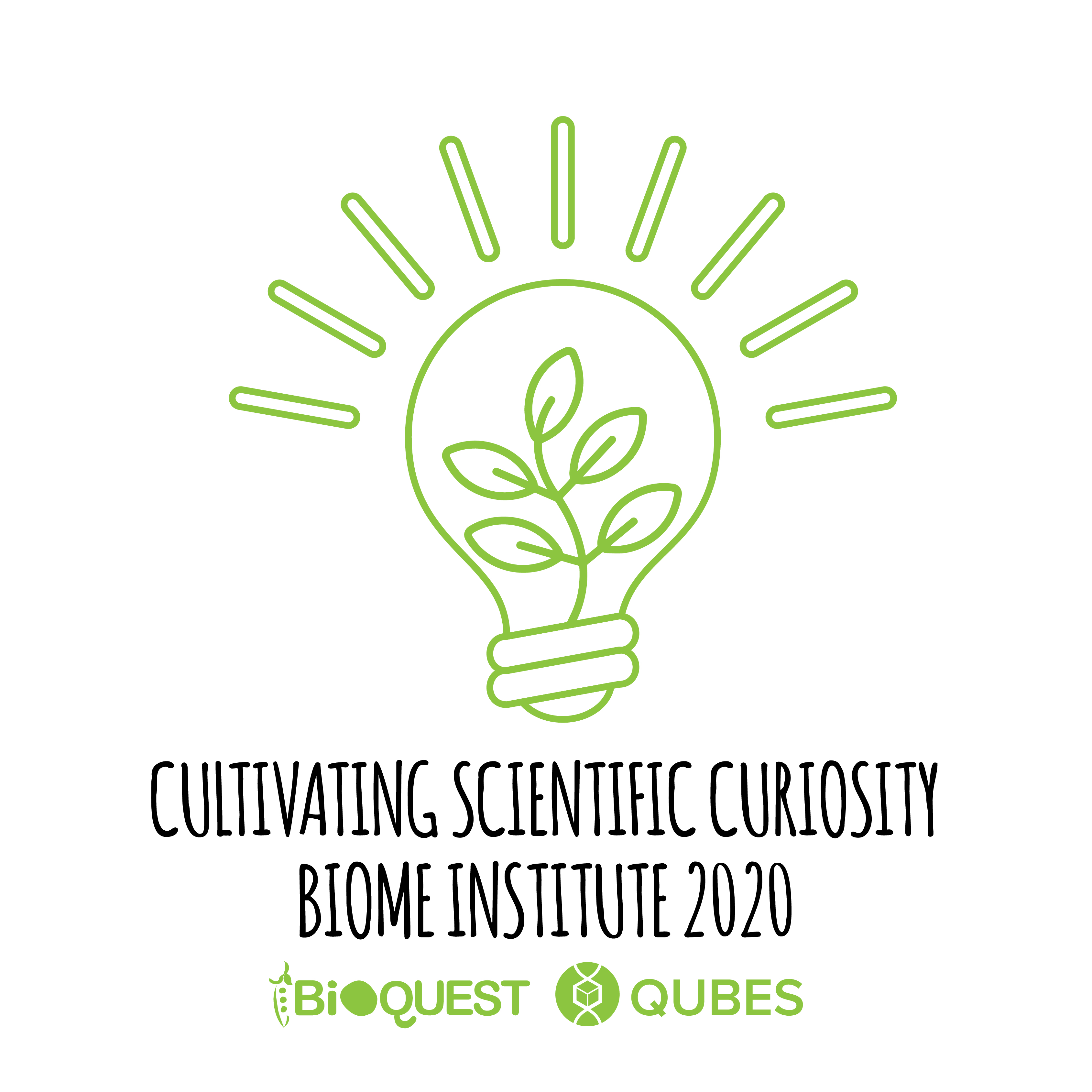The Genomics Education Partnership: Exploring best practices in implementation of a genomics CURE
Author(s): Matthew Wawersik1, Anna Allen2, Cindy Arrigo3, Andrew Arsham4, Daron Barnard5, Rebecca Burgess6, Justin DiAngelo7, Jennifer Jemc8, Christopher Jones9, Lisa Kadlec10, Adam Kleinschmit11, Judith Leatherman12, David Lopatto13, Mollie Manier14, Hemlata Mistry15, Nathan Mortimer16, Alexis Nagengast15, Susan Parish17, Anne Rosenwald18, Joyce Stamm19, Sarah Elgin20, Laura Reed21
1. William & Mary 2. Howard University 3. New Jersey City University 4. Bemidji State University 5. Worcester State University 6. Stevenson University 7. Penn State Berks 8. Loyola University Chicago 9. Moravian College 10. Wilkes University 11. Adams State University 12. University of Northern Colorado 13. Grinnell College 14. George Washington University 15. Widener University 16. Illinois State University 17. McDaniel College 18. Georgetown University 19. University of Evansville 20. Washington University in St. Louis 21. University of Alabama
787 total view(s), 173 download(s)
TAGC_2020_GEP_poster_v4.pdf(PDF | 8 MB)
- License terms
Description
Since 2006, the Genomics Education Partnership (GEP) has incorporated authentic genomics research experiences into the undergraduate curriculum, introducing thousands of students to eukaryotic gene annotation, comparative genomics, and the evolution of contrasting genome domains. Our 100+ participating institutions include community colleges, primarily undergraduate institutions, and research-intensive PhD-granting institutions. Using our shared resources and publicly accessible data bases, students have been able to contribute meaningfully to scientific investigations coordinated through the GEP.
A large consortium of faculty implementing a core course-based undergraduate research experience (CURE) in a variety of ways also provides opportunities to examine best practices for lab course design and implementation. Through use of faculty logs, assessment of student learning gains, and responses to surveys and focus groups, we have examined faculty actions and student attitudes that impact student learning. The data indicate that our research format encourages use of active learning strategies while promoting dialogue about science; student responses overall are positive, but those students with positive attitudes toward science benefit the most. We also looked for particular aspects of the GEP CURE that promote student learning. Our data suggest that students experience a beneficial process of “formative frustration” where they are initially allowed to fail in their analyses, followed by exploration, re-evaluation, adjustment, and re-analysis. Additionally, the relatively low-cost, low-stakes structure of a genomics CURE may make instructors more prone to give students leeway to experience this process.
To support the GEP’s ongoing mission of conducting genomics research with undergraduates, we have partnered with Galaxy to develop G-OnRamp, a web-based platform for constructing genome browsers from assemblies. This is enabling us to initiate new collaborative annotation projects that harness the research power of the GEP collective. We are looking for additional “science partners” who have interesting projects for collaboration, and for new faculty members interested in incorporating GEP curriculum and projects into their classrooms. We provide fully-supported training for new GEP faculty members through online mentoring and in-person workshops. Those interested in joining can contact us at http://gep.wustl.edu/contact_us. Supported by NSF IUSE-1915544 and NIH IPERT-1R25GM130517-01 to LKR.
This is a part of the Genomics Education Alliance Posters & Beyond materials for the BIOME Institute.
Cite this work
Researchers should cite this work as follows:
- Wawersik, M., Allen, A., Arrigo, C., Arsham, A., Barnard, D., Burgess, R., DiAngelo, J., Jemc, J., Jones, C., Kadlec, L., Kleinschmit, A., Leatherman, J., Lopatto, D., Manier, M., Mistry, H., Mortimer, N., Nagengast, A., Parish, S., Rosenwald, A., Stamm, J., Elgin, S., Reed, L. (2020). The Genomics Education Partnership: Exploring best practices in implementation of a genomics CURE. Cultivating Scientific Curiosity, QUBES Educational Resources. doi:10.25334/6HS9-XM77
